| Car Albums | |||||
| Makers | |||||
| Models | |||||
| Full menu functions for the buttons above are only available if you ALLOW BLOCKED CONTENT. My menu scripts provide drop-down menus that have been tested with the latest Mozilla browsers. If the scripts do not run, limited navigation is given by these buttons | |||||
Hudson Hornet In 1947, for the 1948 season, Hudson introduced a new low riding design design engineered by Frank Spring and styled by Betty Thatcher. The car was launched as the Hudson Super and the Hudson Commodore. The style was nick-named 'Step-Down' because the monocoque body had passengers sitting on a lowered floorpan set down in the frame. Engines available were a 4,293cc straight six or a more powerful 4,123cc in-line eight. The extraordinary fastback body was offered as a 4-door saloon, business coupe, club coupe, 2-door Brougham/Brougham convertible. In 1950 a new Pacemaker series was launched at a lower price and on a shorter wheelbase than the Super/Commodore models. The Hornet Six was first offered for 1951 with a new 5.047cc in-line six with an L-head and two twin barrel carbs to give 145hp. This engine powered Hudson to win the 1951 NASCAR championship. For 1952 the Pacemaker was cheapened further and a new more powerful Pacemaker Wasp was introduced that evolved into the Hudson Wasp with the Pacemaker name being dropped for 1953. The Commodore name was also dropped for 1953 with the Hornet heading the range, and also winning NASCAR again. For 1954 the Hudsons were restyled to have a more conventional tail and a squarer grille. A new Hornet Special was introduced at a lower price with the trim and fittings from the shorter Hudson Wasp. In 1954 Hudson joined the Nash-Kelvinator Corporation and Hudsons became badge-engineered Nashes for the next 3 years. |
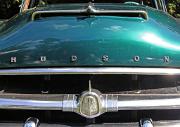
|
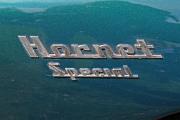
|
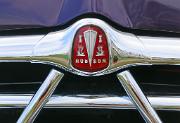
|
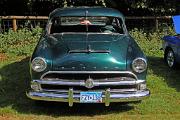
|
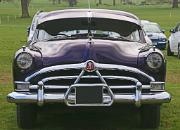
|
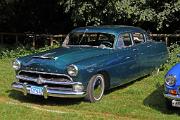
|
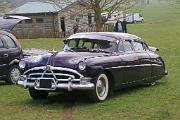
|
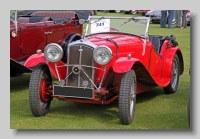
Hornet Cars
|
| American Cars | Simon Cars | ||||
Images created by Simon GP Geoghegan Email Simon